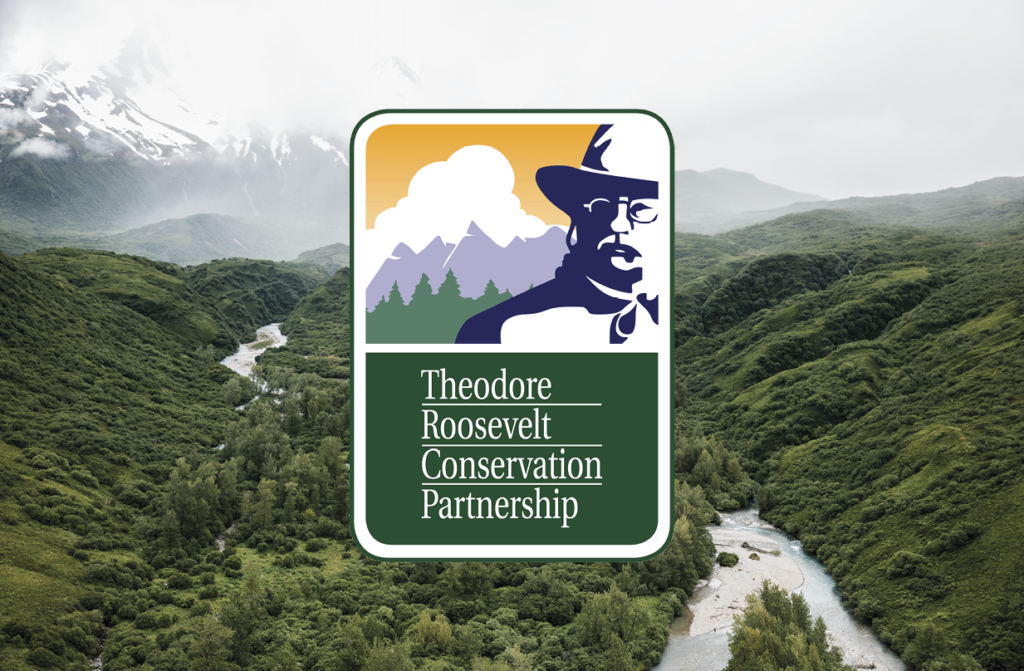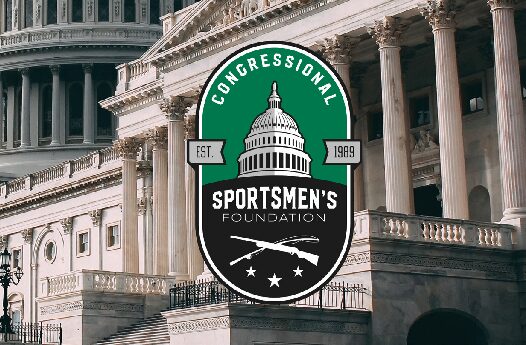Lawmakers Are About to Negotiate Two Important Conservation Bills

Because different versions of each bill have been passed by the House and Senate, conference committees will debate which provisions move forward.
Considering the recent wins we’ve been able to celebrate for conservation—some that have been on our community’s bucket list for decades—it would be cynical to think that sportsmen and women are not being heard by decision-makers right now. If we continue to show up with practical solutions, we can continue to expect victories for fish and wildlife habitat, hunting and fishing opportunities, and our outdoor recreation businesses.
In that spirit, we’re watching two bills very closely as they move into a final phase of debate: The Water Resources Development Act and what’s generally referred to as a Highway Bill. Congress has a responsibility to pass these packages every few years—unlike a Great American Outdoors Act, for example, that goes through the process only once.
Here’s what’s at stake and what success could look like.
Water Wins in the Making
The Legislation: The Water Resources Development Act is a must-pass two-year bill that authorizes water conservation and enhancement projects, many with benefits for fish and wildlife habitat.
How We Got Here: The America’s Water Infrastructure Act of 2020, with the Senate’s WRDA provisions, passed out of committee in May 2020. The House WRDA passed in a voice vote on the floor in late July.
What Sportsmen and Women Need Out of Negotiations: To safeguard America’s fish and wildlife habitat, it’s critical that the final bill takes meaningful steps forward on managing invasive species, addressing harmful algal blooms, and increasing the use of natural infrastructure that can improve fish and wildlife habitat while also addressing challenges like floods, sea level rise, and coastal land loss.
Both the House and Senate bills contain provisions that we like, and many have to do with clearing the way for more natural or nature-based infrastructure solutions. Reminder: This could mean anything from restoring wetlands that can better filter annual floodwaters to reversing coastal erosion by diverting river sediment that needs to be removed to areas that desperately need it.
These natural solutions boost habitat, are often more cost effective, and age better than traditional “gray” infrastructure, but planning for them requires more than just a mindset shift—WRDA can help outline the policies and procedures that ensure these projects stand up to cost-benefit analyses and ultimately get the green light from federal agencies.
If you’re interested in a deep, section-by-section breakdown of what we like in the House and Senate bills, 14 other organizations joined us in sending this letter to Congress with the details.
No Speed Limit for These Habitat Improvements
The Legislation: The five-year Highway Bill expires in a little over a month, and the clock is ticking on new legislation that authorizes projects related to our road systems. Especially at a time with record unemployment, considering conservation benefits at the start of these projects can help put Americans back to work.
How We Got Here: The Senate bill saw action and approval at the committee level last summer. The House worked its Highway Bill, the INVEST in America Act, into H.R. 2, the Moving Forward Act, which passed on July 1, 2020.
What Sportsmen and Women Need Out of Negotiations: This must-pass legislation presents an opportunity to energize the American economy, improve habitat connectivity and water quality, enhance public safety, and even expand hunter and angler access.
We especially like the House language and Senate funding levels set for states to prioritize, study, and build wildlife-friendly highway crossings—like overpasses, underpasses, culverts, and fences to funnel wildlife away from roads. These structures save human and animal lives and can connect migration routes disrupted by roadways.
It’s encouraging to see both chambers prioritize investments in wildlife crossings, but we’re pushing negotiators to adopt the Senate’s program, which guarantees new dedicated funding for projects, rather than diverting money from other programs. The Senate version also makes sure that states with smaller populations – often the ones with the greatest need for wildlife crossings – have access to the funds.
As in the water resources bill, conference negotiators can also do more for fish and wildlife while addressing the country’s infrastructure challenges. The TRCP is supportive of provisions that would invest in and authorize programs that prioritize natural infrastructure solutions, enhance water quality, and bolster drought resilience.
In particular, $500 million should be appropriated to the Army Corps of Engineers to complete a backlog of projects with habitat benefits that have already been authorized. Funding proposed for state support—including an increase for the Clean Water State Revolving Fund, with 15 percent carved out specifically for natural infrastructure projects—should be included in the final bill, along with authorization for watershed recovery efforts in the Great Lakes, Chesapeake Bay, and Colorado River Basin.
Other important provisions include reauthorization of successful habitat and access programs, including those that support sportfishing, recreational boating, coastal resilience, forest management, conservation funding solutions, and improving outdoor recreation access for underserved communities.
Obviously, between the two bills and a very busy congressional calendar this fall, there is a lot at stake for hunters and anglers. Sign up to receive our emails so you don’t miss a single update.
This blog was co-authored by Andrew Wilkins and Kim Jensen.
SHARE ON
You may also like
The role corn plays for gamebirds and economies ac...
Sportsmen’s conservation policy issues from publ...
Sportsmen’s conservation policy issues from publ...


























